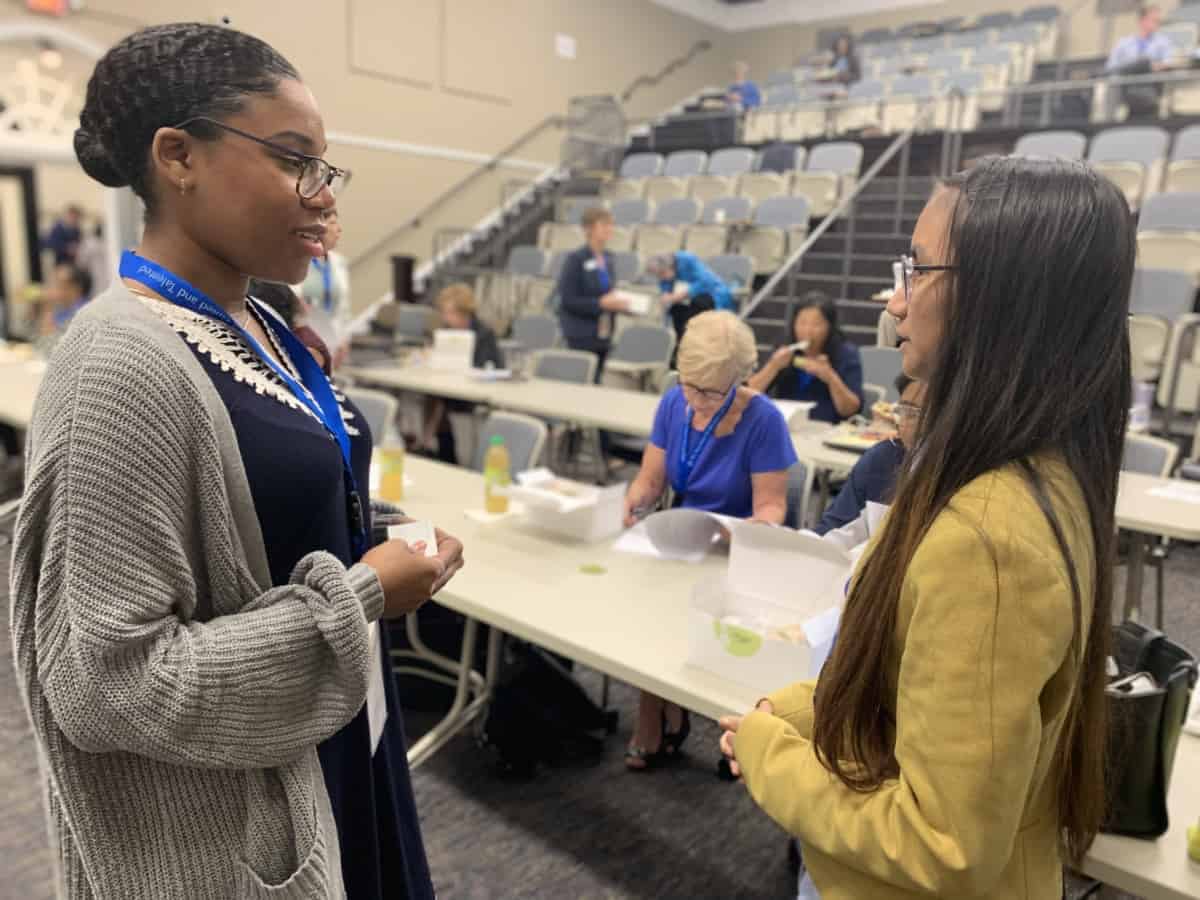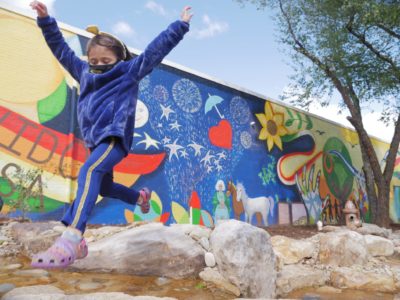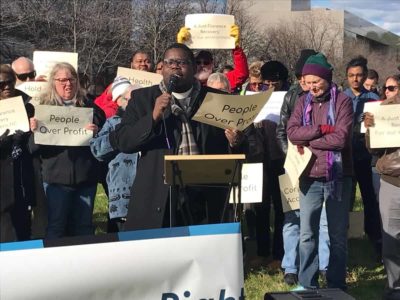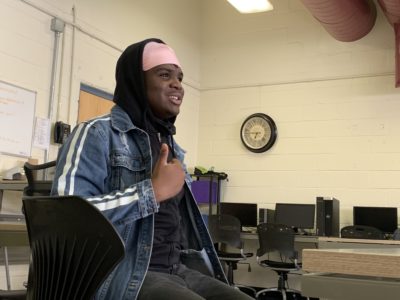
|
|
Terrance Pittman has a habit of looking around his eighth-grade classrooms in Nash County and counting how many other Black kids are there. He hasn’t counted many. It makes him wonder what people think of Black students.
“People assume that we don’t have the thought process that other, white students do,” he said last month during a panel hosted by the Dudley Flood Center for Educational Equity and Opportunity.
Black or Hispanic students are less likely than white or Asian students to be identified for advanced programs, such as Academically or Intellectually Gifted (AIG), or advanced courses, such as honors or advanced placement. That’s not news, but a statewide effort to address the disparity is.
This month, the State Board of Education discussed new standards for AIG designed to make it more equitable. The Board will vote on the standards next week.
Meanwhile, the Board is hearing about work at the Department of Public Instruction’s Division of Advanced Learning and Gifted Education that would support the new standards and help schools across the state improve access and opportunities for Black and Brown students.
Sign up for the EdDaily to start each weekday with the top education news.
Challenging an old mindset about AIG
The idea is to challenge the notion that gifted education is reserved for a small number of students who test well and meet a traditional set of norms. Instead, the department is lifting up practices across the state that favor inclusion and look for ways to better develop, recruit, and serve AIG students.
“With AIG, people can have an elitist mentality — that it’s just for a certain group of kids,” said Tim DeCresie, who leads gifted education for Pitt County Schools. “And that’s something that we’ve been fighting.”
According to DPI statistics, about 24% of the public school student population in North Carolina last year was Black, but Black students made up less than 10% of the population identified as AIG. For students identified as Hispanic, those figures were 19% and 9%, respectively.
White students made up about 47% of the public school population while making up about 70% of those identified for AIG.
Sneha Shah-Coltrane is in her 13th year as the head of DPI’s Advanced Learning and Gifted Education division. She said her team has worked on equity in advanced learning the entire time, but something clicked a few years ago.
“It became clear to me two, three years ago that we’ve got to do something just different,” she said. “And a big thing was, how do you take ideas into action? And that’s what the districts needed. They understood it. They saw it. But how do you actually start doing it?”
Her team researched best practices nationwide and combed districts and charter schools across the state looking at initiatives that were working. They compiled a document, “Call to Action: Guidebook,” that identifies six critical actions and 48 promising practices from districts and schools in North Carolina.
“I think any district of any size, of any geographic location, and even a charter can see what they could do,” Shah-Coltrane said.
Her team’s work over the past several years reached a milestone in March when Shah-Coltrane presented the document to the State Board of Education. As she presented, she spoke about the synergy between her division’s commitment to equity and the State Board’s own recent emphasis on it.
“We just really came together and made it a strategic, clear initiative,” Shah-Coltrane said later. “And the Board’s focus helped drive that as well; just the general conversation right now added to the urgency. So it’s kind of like the stars aligning for us to take this moment to really do something that I believe will make a difference in education.”
The Call to Action
The guidebook points to six critical actions for realizing “equity and excellence”:
- Reframe your lens.
- Equitable identification practices.
- Provide a range of services within the program.
- Foster talent development.
- Collect and use meaningful data.
- Provide focused professional learning opportunities.
The document covers the continuum of gifted education, approaching everything from identification through services with an equity lens.
For instance, Durham Public Schools established a K-2 Investigations program to develop the talents of students in underrepresented populations. Daniel Kelvin Bullock, the district’s executive director for equity affairs, said they go further to engage with families of students whose talents are identified to “aggressively” recruit students into advanced academics.
“And so that means it can’t be just a casual invitation like, ‘Hey, I’ve noticed that you’ve experienced some success here, and we would like for you to enroll in this class,'” he said. “No, we have to be a little more persistent and focused in our recruitment of students. Sometimes parents may not be aware of the benefits of enrolling in certain classes, because maybe they were excluded from those opportunities when they were in school.”
Pitt County Schools started a Go Grow program 12 years ago that provided access to gifted education teachers for students who were promising in some areas but had not yet reached state standards for AIG identification. It has boosted participation from racial and ethnic subgroups that AIG has historically underserved.
“Go Grow just kind of opened the door to those other groups,” DeCresie said. “Like, we recognize there’s something here and we’re not going to identify you, but we are going to serve you. And through that service, let’s see if we can get you to be identified.”
DeCresie, now the district’s director of digital learning, said he has watched students in Go Grow work with AIG teachers on subjects that interest them, and that work brings in other academic areas, such as reading or math. Overall, he said, it has improved student achievement and increased the number of students identified as AIG.
Several districts reported increased participation among Black and Brown students. The current underrepresentation, one student said, puts pressure on those who are identified.
“We start off in these honors courses, and there’s only one or two kids that look like us that are in these courses,” said Chalina Morgan-Lopez, a high school student in the Wake County Public Schools System who was identified for AIG in middle school and now takes honors courses.
“So we feel like we need to represent the rest of the Black students in the school and that we need to put up this kind of facade to make us seem very professional and intelligent,” Morgan-Lopez said. “And as we continue to get to higher level courses, there’s less and less of us.”
Recommended reading




